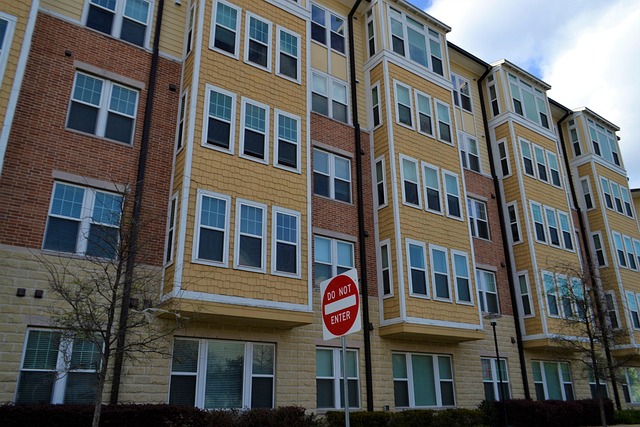Public vs. Private Healthcare Costs in the Netherlands: A Comprehensive Comparison

The Netherlands boasts one of the most efficient and accessible healthcare systems in the world, consistently ranking high in global health indices. Its hybrid model combines mandatory public health insurance with optional private coverage, ensuring universal access while allowing for flexibility. Understanding the differences between public and private healthcare costs is essential for residents, expatriates, and anyone considering a move to the Netherlands. Here’s a detailed breakdown of how these two systems compare.
1. Overview of the Dutch Healthcare System
The Dutch healthcare system operates on a dual structure:
- Public Health Insurance (Basisverzekering): Mandatory for all legal residents, covering essential medical services.
- Private Health Insurance (Aanvullende Verzekering): Optional supplementary coverage for additional services like dental care, physiotherapy, and alternative medicine.
Funding comes from a combination of individual premiums, income-based contributions (zorgtoeslag ), and government subsidies.
2. Public Healthcare Costs
a. Basisverzekering (Basic Insurance)
The Basisverzekering is compulsory for everyone living or working in the Netherlands. It covers essential services such as:
- General practitioner (GP) visits.
- Hospital care.
- Prescription medications.
- Maternity care.
- Mental health services.
- Costs:
- Monthly premiums range from €130 to €170 (2023 estimates), depending on the insurer and plan.
- Deductible (eigen risico ): A mandatory annual deductible of up to €385 (as of 2023) applies before full coverage kicks in. Some preventive services are exempt from this deductible.
- Income-Based Contribution: Employers withhold a percentage of your income (approximately 9%) to fund public healthcare.
- Reimbursement: Insurers reimburse costs according to fixed tariffs set by the government. For example:
- GP visits are fully covered.
- Specialist consultations may require partial payment unless referred by a GP.
b. Government Subsidies
Low-income households receive subsidies (zorgtoeslag ) to offset premium costs, reducing financial strain.
3. Private Healthcare Costs
a. Aanvullende Verzekering (Supplementary Insurance)
This optional coverage provides benefits beyond the basic package, including:
- Dental care (after age 18).
- Physiotherapy.
- Orthodontics.
- Alternative therapies like acupuncture.
- Cosmetic procedures.
- Costs:
- Monthly premiums vary widely, ranging from €10 to €100+, depending on the scope of coverage.
- No government subsidies are available for supplementary insurance.
b. Private Clinics and Specialists
Some individuals opt for private clinics or specialists outside the standard system, often paying higher fees. These services may not always be reimbursed by public insurers.
- Cost Implications:
- Consultations at private practices can cost significantly more than those within the public system.
- Patients may need to pay upfront and seek reimbursement later, depending on their policy.
4. Key Differences Between Public and Private Healthcare Costs
| Aspect | Public Healthcare | Private Healthcare |
|---|---|---|
| Coverage | Essential services only | Additional services (dental, physiotherapy) |
| Cost | Fixed premiums + deductible | Variable premiums based on chosen plan |
| Accessibility | Universal; mandatory for all residents | Optional; depends on individual needs |
| Reimbursement Rates | Standardized rates across insurers | Varies by insurer and plan |
| Flexibility | Limited choice of providers | Greater freedom to choose specialists |
5. Factors Influencing Healthcare Costs
Several factors affect overall healthcare expenses in the Netherlands:
a. Age
Older individuals typically face higher premiums due to increased medical needs.
b. Location
Urban areas tend to have slightly higher premiums compared to rural regions.
c. Family Size
Children under 18 are automatically covered under their parents’ basic insurance without additional charges.
d. Health Status
Pre-existing conditions do not impact premiums, as insurers cannot discriminate based on health history.
6. Pros and Cons of Public vs. Private Healthcare
Public Healthcare
- Pros:
- Affordable and accessible to all.
- Comprehensive coverage for essential services.
- Strong emphasis on preventive care.
- Cons:
- Limited coverage for non-essential treatments.
- Mandatory deductible increases out-of-pocket costs.
Private Healthcare
- Pros:
- Covers additional services like dental and physiotherapy.
- More flexibility in choosing providers.
- Tailored plans to suit individual preferences.
- Cons:
- Higher premiums for supplementary coverage.
- Not universally necessary, leading to potential overspending.
7. Tips for Managing Healthcare Costs
- Compare Insurers: Use comparison tools like Independer or Zorgwijzer to find the best rates for your needs.
- Optimize Your Plan: Choose a plan that aligns with your usage patterns; avoid overpaying for unnecessary coverage.
- Stay Within Network: Stick to contracted doctors and hospitals to maximize reimbursements.
- Utilize Preventive Care: Take advantage of free screenings and vaccinations offered under the basic package.
- Apply for Subsidies: If eligible, claim zorgtoeslag to reduce monthly premiums.


